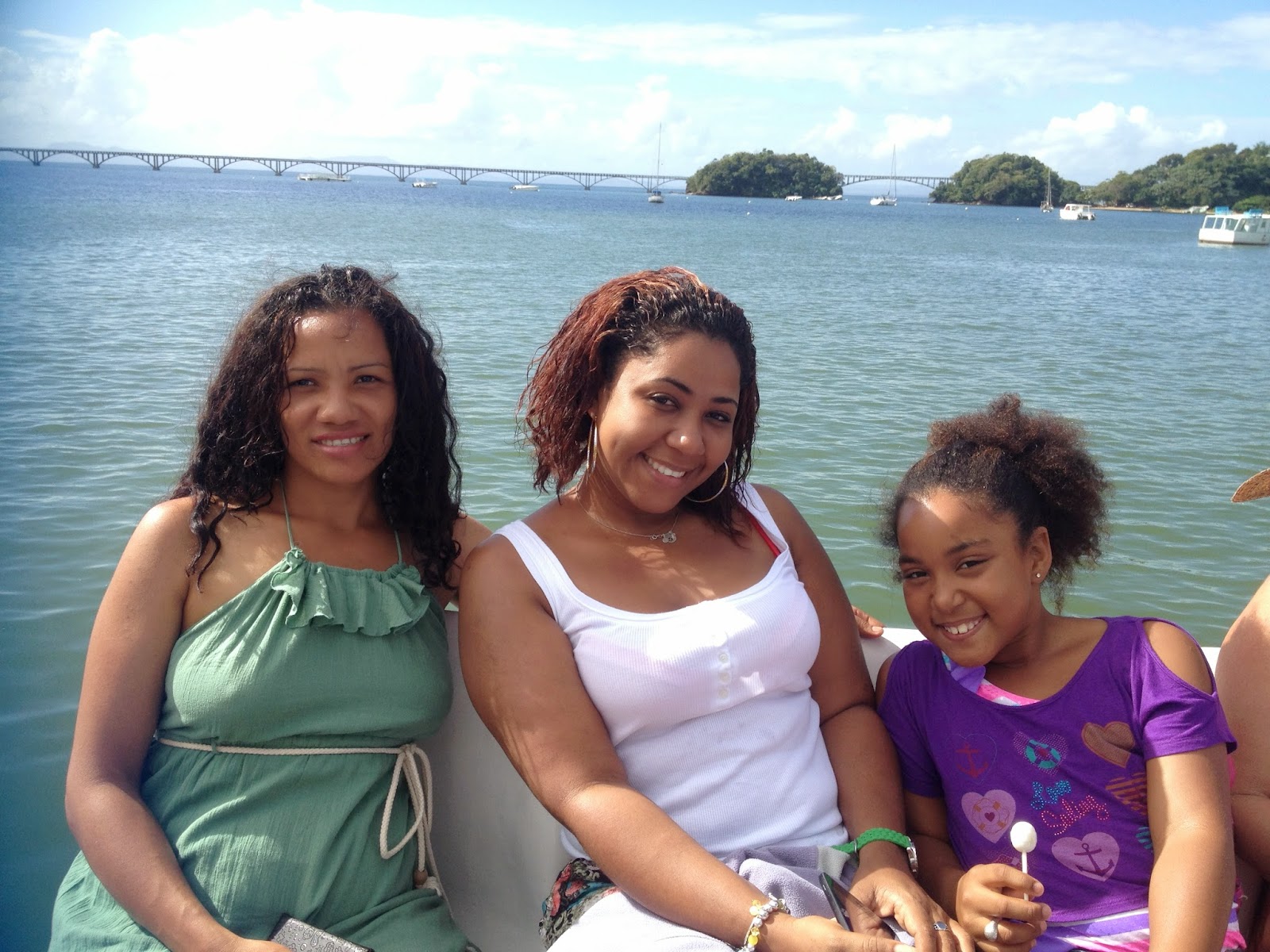Come Pan
We had a
tour around a barrio called Come Pan when I first arrived here, but I didn´t
want to write about it yet without understanding this place more. Jose, the
director of the foundation I work for brought us around, and told us about Las
Terrenas and its history.
Las Terrenas was only founded in 1946 when the then President Trujillo sent families to live there from Santo Domingo. It was a fishing town with about 12 to 15 families that intermarried. They could
walk out to the lagunas at low tide and grab fish to eat. The fruit and
vegetables that grow freely helped too. Life was pretty sweet. Then in the 70s the French arrived and
wanted a piece of paradise. More and more arrived and greed overtook foresight.
Planning was never considered, they just bought up all the good property and looked after their own facilities. The rest of the town sprouted up without thought or care. Planning still isn´t a consideration among many of the poorest people here – how can you care about planning
when nothing feels permanent? When you don´t know what you´re going to be able
to eat tomorrow, how can you think about your natural resources in the future?
Children become mothers become grandmothers pretty quickly here. That bit of history explained a lot to me about why things are the way they are here. The infrastructure is terrible, many people don´t value education or consideration for the environment. The politicians are short-sighted and selfish, and short-term money is more important than thinking about the town´s future. Most of the money comes from Europe and stays in the hands of Europeans who are not the ones in need of education or empowerment.
Anyways, back to the barrio. It´s called Come Pan - Eat bread. The people were unfazed by the presence of a half a dozen foreigners. I imagine Jose has done this tour several times. Some,
mainly kids, stared. They looked, because they always do, but they said hello
and smiled and waved. Women and children and some men were outside houses. So
many different types of plants grew – marañones (cashew apples, which I guess have cashews on them), avellanas (hazelnuts, but they looked different to what I know to be hazelnuts),
tamarind, yuca, hibiscus (I think), and many I can`t remember. There were
lovely dogs everywhere. Some houses were nicer than others. Some were tin
roofed shacks seemingly assembled with whatever was to hand. There was one mini
palace amidst rubbish. Rubbish, rubbish everywhere though in places you saw
people had made effort to clean up their space. But it is startling how many people don´t seem to notice the plastic and styrofoam all over the streets, in the water, around their houses...

Photos by Andrea Correa
In the above photo, there are three little shacks. The one in the middle had a full fridge, oven and stove inside. The owner was sitting outside
shelling guandules, or pigeon peas.
She didn´t seem to mind when Jose took the bowl out of her hand to show us and started
talking to us in English.
We talked
to a young girl, and Jose commented that her sister used to come to the foundation´s library a lot, but she became a
prostitute to help her family. The cleanest place in the Come Pan barrio is a
brothel. I just thought it was a bar. It looked like the outdoor area of a rural restaurant in Spain.
I bought a
warm corn drink dessert thing in a plastic cup for 15 pesos (about €0.30) from a woman with a little folding table set up at the side of the road. It was like
sweetcorn tapioca. We saw young men and boys training cocks for fighting and
two children running around naked, one of them alone. The majority of the
children were well cared for and dressed and clean, with their hair done. As we
were entering the barrio, children were returning from school, in clean
uniforms, sometimes on the back of motorbikes. I saw two Evangelical churches.
They were much nicer than the buildings around them.
I need to go back again and take more photos because I didn´t feel right taking photos of the people, I felt it was intrusive to take out my iPhone and stick it in front of someone´s kid. Now that I´ve been here longer I feel I could go and talk to people and be less invasive.
If you want to see some of the work done by Fundación Mahatmi Gandhi, who I work for, click here.









.png)










